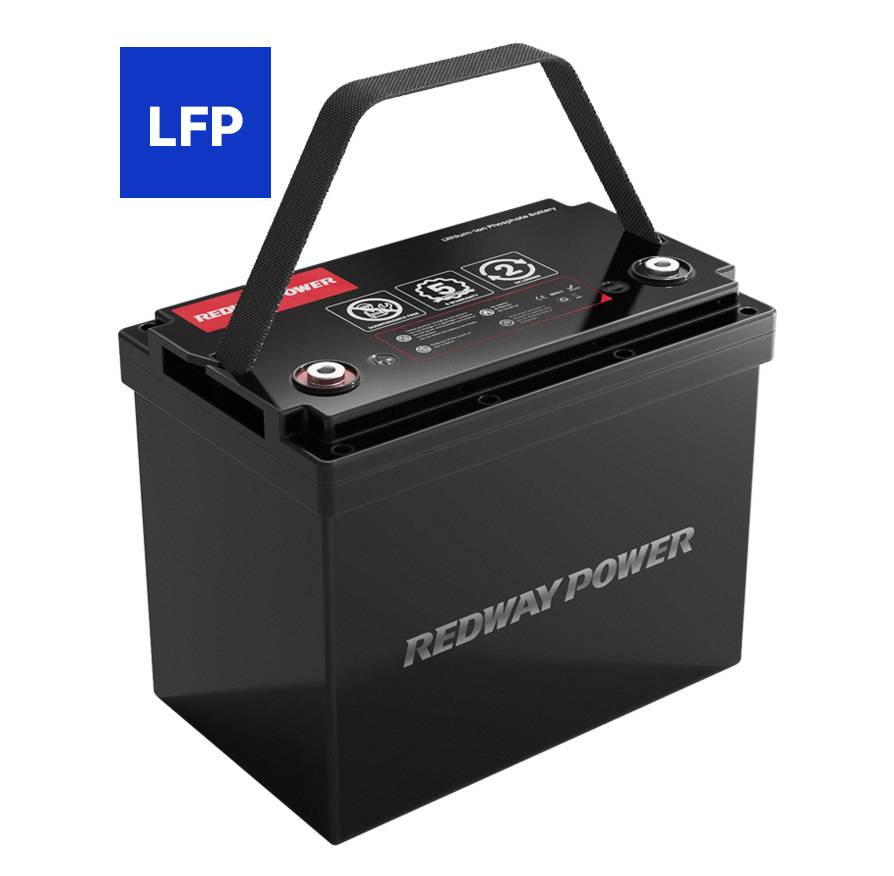VRLA batteries, including AGM and gel batteries, are sensitive to temperature extremes. High temperatures can accelerate battery aging and reduce lifespan, while low temperatures can decrease battery capacity and increase internal resistance. It is important to operate VRLA batteries within the recommended temperature range and provide proper ventilation and cooling to prevent overheating.
-
High Temperature Considerations:
Excessive heat can have detrimental effects on VRLA batteries. High temperatures accelerate battery aging, leading to reduced capacity and shorter overall lifespan. To mitigate these effects, it is important to operate VRLA batteries within the recommended temperature range. Proper ventilation and cooling mechanisms should be in place to prevent overheating and maintain optimal battery performance. -
Low Temperature Considerations:
Cold temperatures can also impact VRLA battery performance. In cold weather, the battery’s capacity may decrease, making it less efficient in delivering power. Additionally, low temperatures can increase the battery’s internal resistance, further affecting its performance. To counter these effects, it is crucial to keep VRLA batteries within the recommended temperature range. This ensures that the battery maintains its optimal capacity, even in cold weather conditions.
Table of Contents
ToggleWhat advantages do sealed lead acid batteries offer?
Sealed lead-acid batteries offer several advantages, including maintenance-free operation, leak-proof design, and versatile mounting options. They are also relatively low-cost compared to other battery types. Sealed lead-acid batteries are commonly used in applications such as backup power systems, alarm systems, and uninterruptible power supplies (UPS).
-
Maintenance-Free Operation:
One of the key advantages of sealed lead-acid batteries is their maintenance-free operation. Unlike traditional flooded lead-acid batteries, which require periodic water addition, sealed lead-acid batteries do not need maintenance. This eliminates the hassle of regular maintenance tasks and ensures convenient and hassle-free battery usage. -
Leak-Proof Design:
Sealed lead-acid batteries feature a sealed construction that prevents electrolyte leakage. This leak-proof design enhances safety and allows for flexible installation in different orientations, including horizontal, vertical, and even upside down. The leak-proof design eliminates the risk of acid spills or damage, making sealed lead-acid batteries safer to handle. -
Versatile Mounting Options:
Another advantage of sealed lead-acid batteries is their versatility in mounting options. These batteries can be mounted in any position, providing flexibility in installation. Whether it’s a space-constrained environment or a specific device requirement, sealed lead-acid batteries can be easily integrated. This versatility optimizes space utilization and enables efficient power storage solutions. -
Relatively Low Cost:
Sealed lead-acid batteries are relatively low-cost compared to other battery types. This cost-effectiveness makes them a popular choice in various industries and applications. The affordability of sealed lead-acid batteries allows for cost-efficient power storage solutions, making them accessible to a wide range of users.
What differentiates sealed and flooded lead acid?
The main difference between sealed and flooded lead-acid batteries is the presence of a vent cap. Sealed lead-acid batteries are designed with a sealed construction and do not require water addition. In contrast, flooded lead-acid batteries have vented caps and need regular water maintenance to replenish the electrolyte levels.
-
Sealed Lead-Acid Batteries:
Sealed lead-acid batteries feature a sealed construction, meaning they are fully sealed and do not have vented caps. This design eliminates the need for water addition, as the electrolyte is immobilized within the battery. Sealed lead-acid batteries offer the advantage of maintenance-free operation, making them convenient and hassle-free to use. -
Flooded Lead-Acid Batteries:
Flooded lead-acid batteries, also known as wet-cell batteries, have vented caps that allow for the addition of water. The electrolyte in these batteries is in liquid form and can evaporate over time. Regular water maintenance is necessary to replenish the electrolyte levels and ensure proper battery performance. This maintenance involves checking and adding distilled water as needed.
The key difference between sealed and flooded lead-acid batteries lies in their construction and maintenance requirements. Sealed lead-acid batteries have a sealed design and do not require water addition, offering maintenance-free operation. On the other hand, flooded lead-acid batteries have vented caps and need regular water maintenance to maintain proper electrolyte levels. Understanding these differences helps in selecting the appropriate type of lead-acid battery based on specific application requirements. Battery distributors and manufacturers can provide valuable guidance on choosing the right battery for different needs.
How should lead acid batteries be charged and stored?
Lead-acid batteries should be charged using a suitable charger that matches the battery’s voltage and capacity. It is important to follow the manufacturer’s charging instructions and avoid overcharging or undercharging the battery. When storing lead-acid batteries, they should be kept in a cool and dry location, with the terminals clean and protected from corrosion.
- Charging Lead-Acid Batteries:
To charge lead-acid batteries correctly, consider the following:
- Use a charger that is compatible with the battery’s voltage and capacity. This ensures safe and efficient charging without risking damage to the battery.
- Adhere to the manufacturer’s instructions for charging. These instructions provide valuable information on voltage, current, and duration, preventing overcharging or undercharging that can impact battery performance.
- Storing Lead-Acid Batteries:
When storing lead-acid batteries, it is important to follow these guidelines:
- Choose a cool and dry location for storage. High temperatures can accelerate battery aging, while excessive humidity can lead to corrosion. A cool and dry environment promotes battery integrity and longevity.
- Prior to storage, clean the battery terminals to remove any dirt or corrosion. Corrosion on the terminals can hinder proper electrical connections and affect battery performance. Applying a protective coating, such as petroleum jelly, safeguards against future corrosion.
Properly charging and storing lead-acid batteries is essential for maximizing their performance and lifespan. Using a suitable charger, following manufacturer’s instructions, and avoiding overcharging or undercharging are crucial charging practices. Storing batteries in a cool and dry location, with clean terminals protected from corrosion, ensures their longevity. Adhering to these practices guarantees reliable and efficient operation of lead-acid batteries in various applications.




